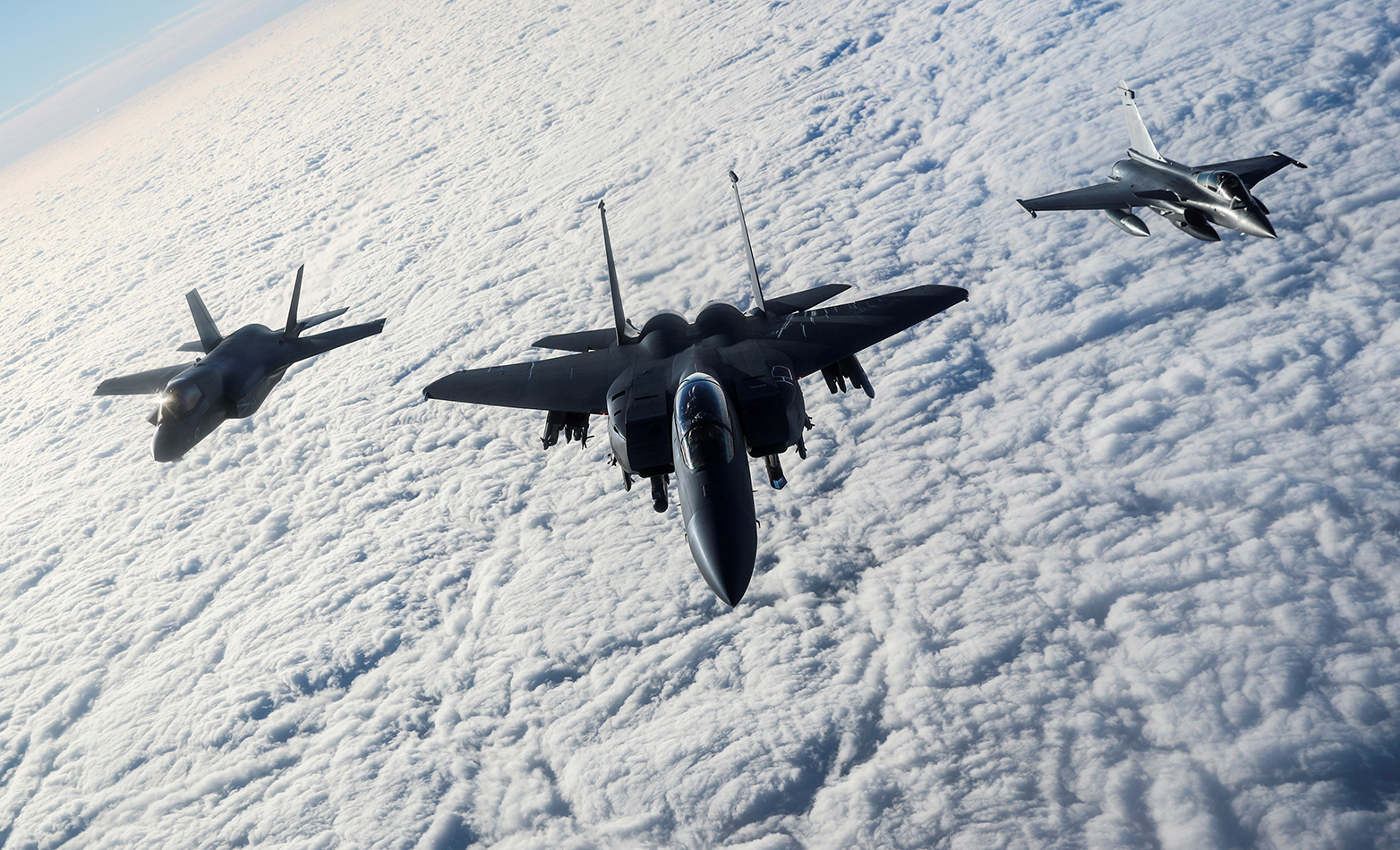European Fighter Programs: A Preliminary Assessment
Two European consortia, FCAS and Tempest, have recently set out to develop and manufacture 6th-generation fighter jets. Both projects are motivated by the same basic rationale: regaining European autonomy in a strategic technology cluster. However, they differ not only in their approaches and ambition levels towards this end, but also in key military and politico-industrial parameters, argue Amos Dossi and Niklas Masuhr in this CSS Analysis.

By the 2030s, European fleets of combat aircraft will have to be modernized by introducing 6th-generation platforms characterized by advanced network-embedded avionics, the potential for unmanned deployment, and a degree of stealth capabilities. As in any major defense-industrial undertaking, the recently launched procurement programs are structured by two basic dimensions of decision-making, each informed by distinct benchmarks. The military dimension is about matching specific operational requirements with technical solutions. Some of those may already exist while others are yet to be developed. The politico-industrial dimension, in turn, is about aligning project setups with foreign and industrial policy objectives.
